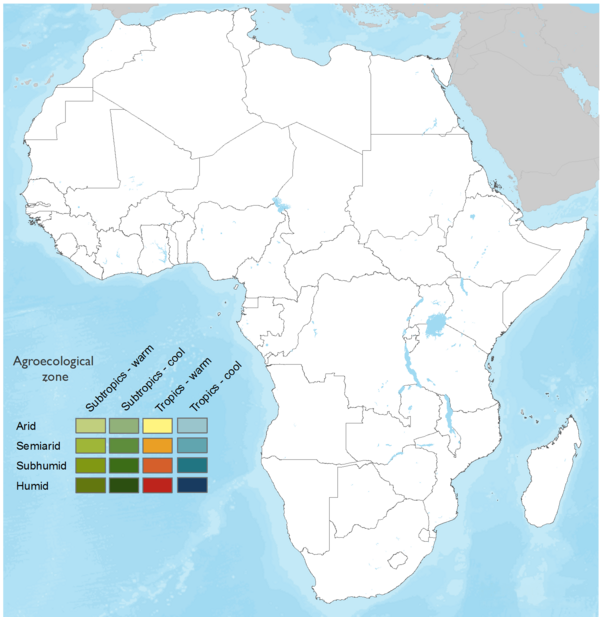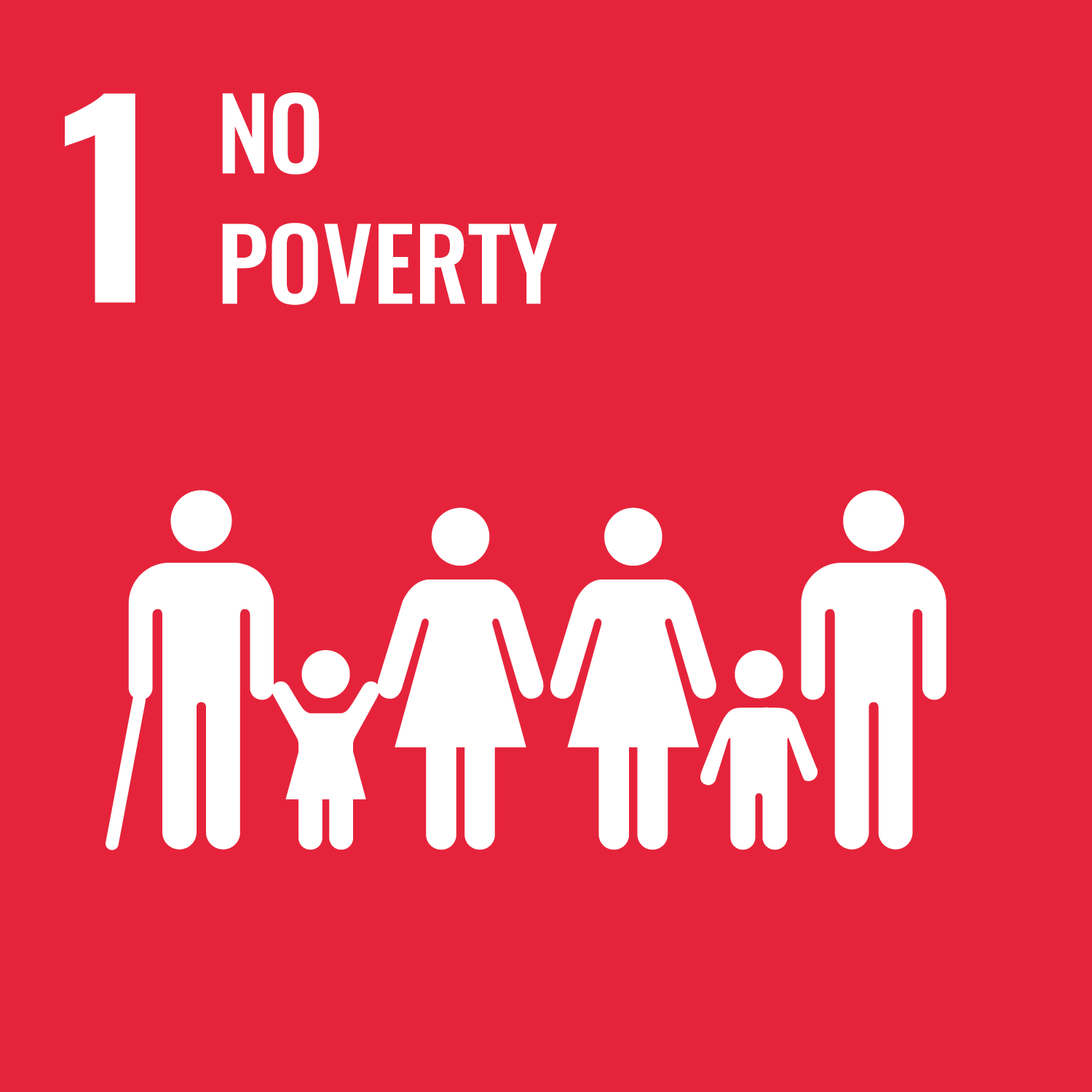


Biochar, a powerfully circular way to fight climate change
Biochar technology is a form of charcoal. It is made through a process called pyrolysis which involves burning of biomass in an oven with little or no oxygen. What you get out of it is solid material which then is added into soil. Under the right circumstances, biochar provides a unique opportunity to sequester carbon and improve soil quality by using locally sourced resources, and even a single application can provide benefits for years
This technology is validated.
Adults 18 and over: Positive high
The poor: Positive high
Women: Positive high
Climate adaptability: Highly adaptable
Farmer climate change readiness: Significant improvement
Biodiversity: Positive impact on biodiversity
Carbon footprint: Much less carbon released
Environmental health: Greatly improves environmental health
Soil quality: Improves soil health and fertility
Water use: Much less water used
Biochar technology offers governments a practical tool for improving smallholder livelihoods, especially for women, by enhancing soil fertility, crop yields, and resilience to climate change. It also supports energy efficiency and sustainable land use.
To integrate biochar into national projects or strategies:
Recommended Biochar quantity for 1 hectare
Open source / open access
Scaling Readiness describes how complete a technology’s development is and its ability to be scaled. It produces a score that measures a technology’s readiness along two axes: the level of maturity of the idea itself, and the level to which the technology has been used so far.
Each axis goes from 0 to 9 where 9 is the “ready-to-scale” status. For each technology profile in the e-catalogs we have documented the scaling readiness status from evidence given by the technology providers. The e-catalogs only showcase technologies for which the scaling readiness score is at least 8 for maturity of the idea and 7 for the level of use.
The graph below represents visually the scaling readiness status for this technology, you can see the label of each level by hovering your mouse cursor on the number.
Read more about scaling readiness ›
Uncontrolled environment: tested
Common use by projects NOT connected to technology provider
| Maturity of the idea | Level of use | |||||||||
| 9 | ||||||||||
| 8 | ||||||||||
| 7 | ||||||||||
| 6 | ||||||||||
| 5 | ||||||||||
| 4 | ||||||||||
| 3 | ||||||||||
| 2 | ||||||||||
| 1 | ||||||||||
| 1 | 2 | 3 | 4 | 5 | 6 | 7 | 8 | 9 | ||
| Country | Testing ongoing | Tested | Adopted |
|---|---|---|---|
| Benin | –No ongoing testing | Tested | Adopted |
| Nigeria | –No ongoing testing | Tested | Adopted |
This technology can be used in the colored agro-ecological zones. Any zones shown in white are not suitable for this technology.

















| AEZ | Subtropic - warm | Subtropic - cool | Tropic - warm | Tropic - cool |
|---|---|---|---|---|
| Arid | ||||
| Semiarid | ||||
| Subhumid | ||||
| Humid |
Source: HarvestChoice/IFPRI 2009
The United Nations Sustainable Development Goals that are applicable to this technology.




For more effectiveness and rapid activation,
Biochar is great stuff but it can be dangerous to you and your crops. Therefore, Keep your biochar wet – the tiny particles can get in your lungs and cause cancer
Never put biochar in your soil immediately after making it.
Biochar is very powerful if you use too much you risk:
• Locking up the nitrogen in your soil
• Locking up any chemical fertilizers you are using
• Locking up any pesticides and herbicides you are using
Materials and Equipment
Rice Husk Biochar Production Procedure
Note: Do not touch any of the production equipment during operation to avoid skin burn.
Last updated on 28 October 2025